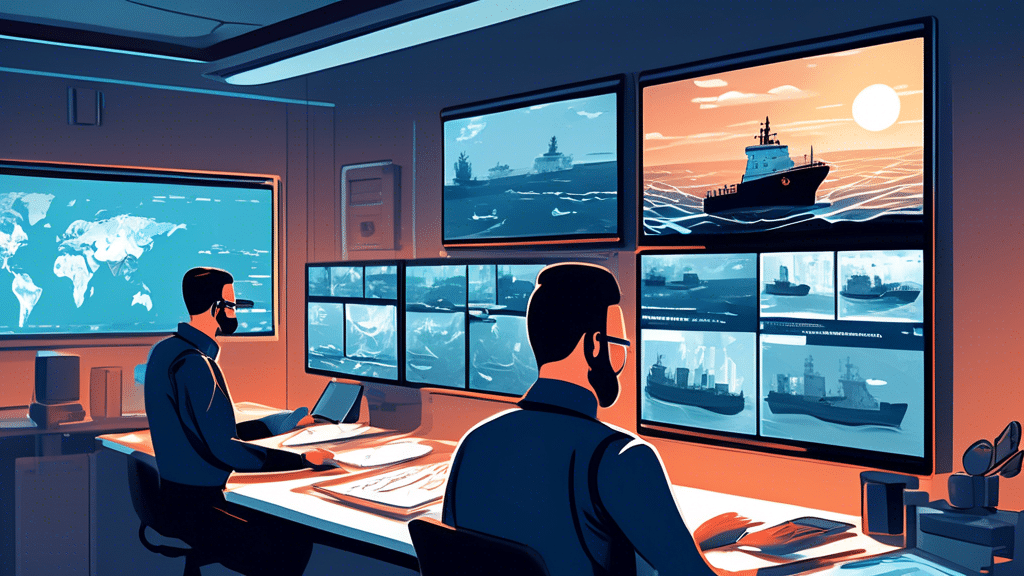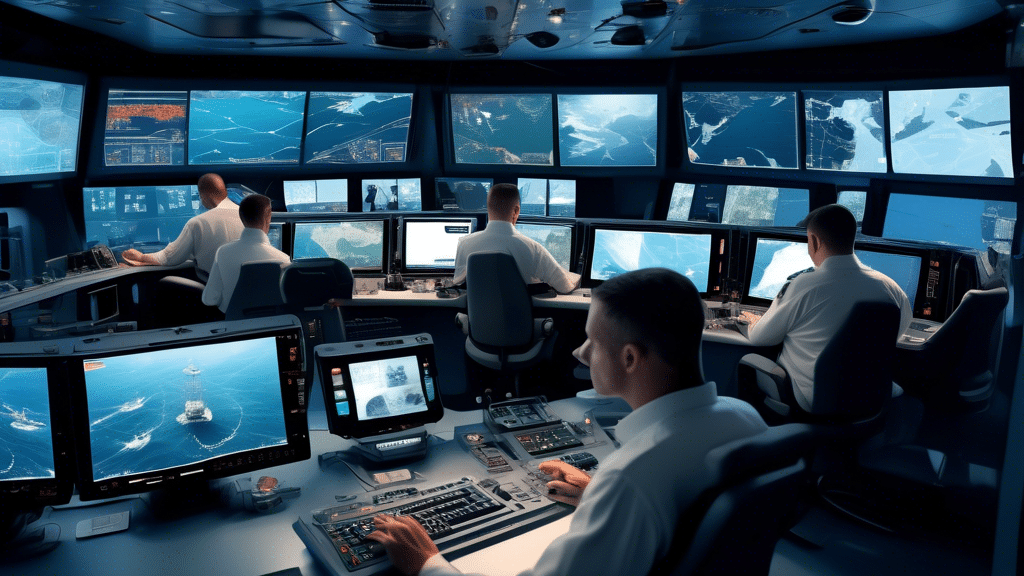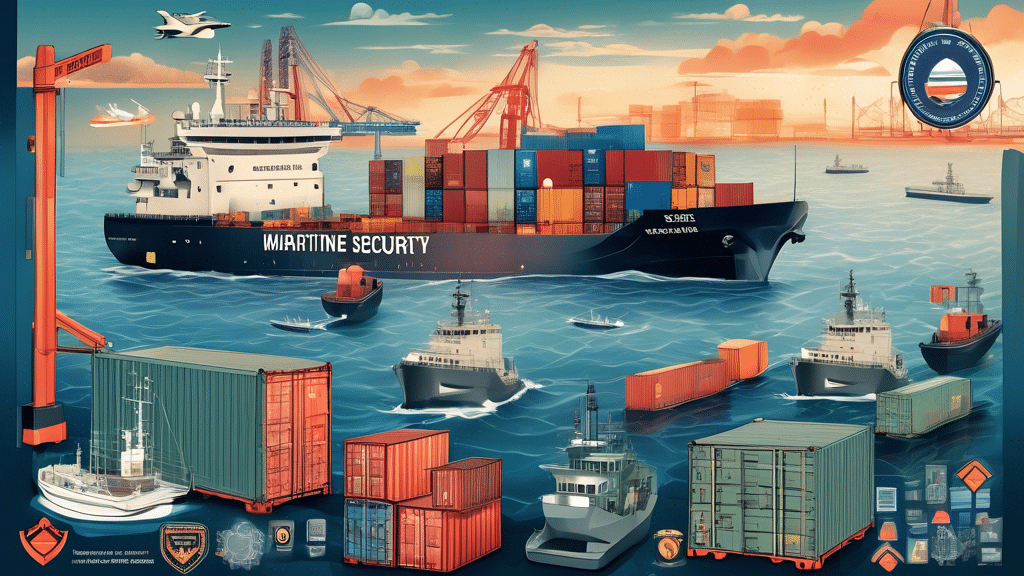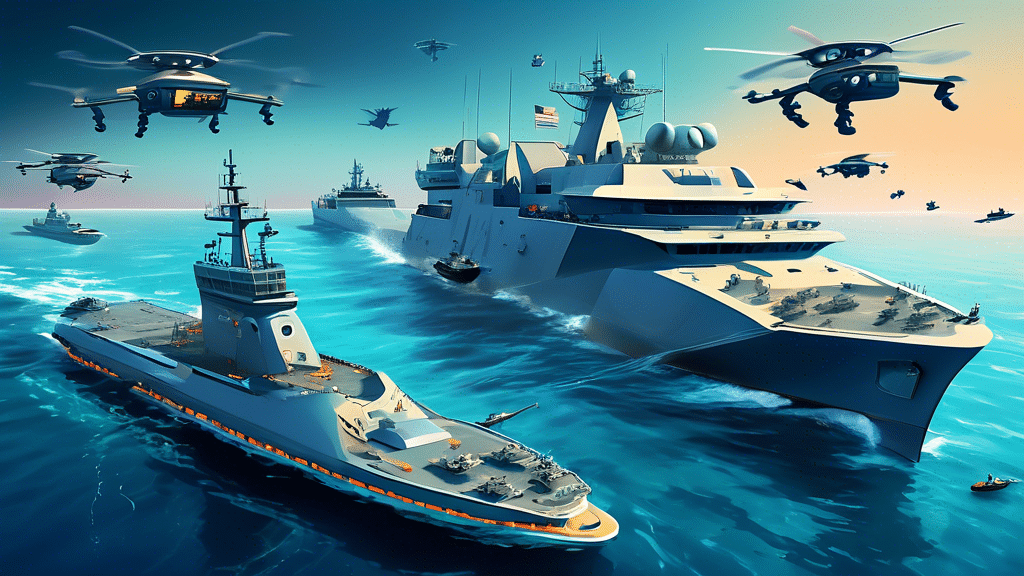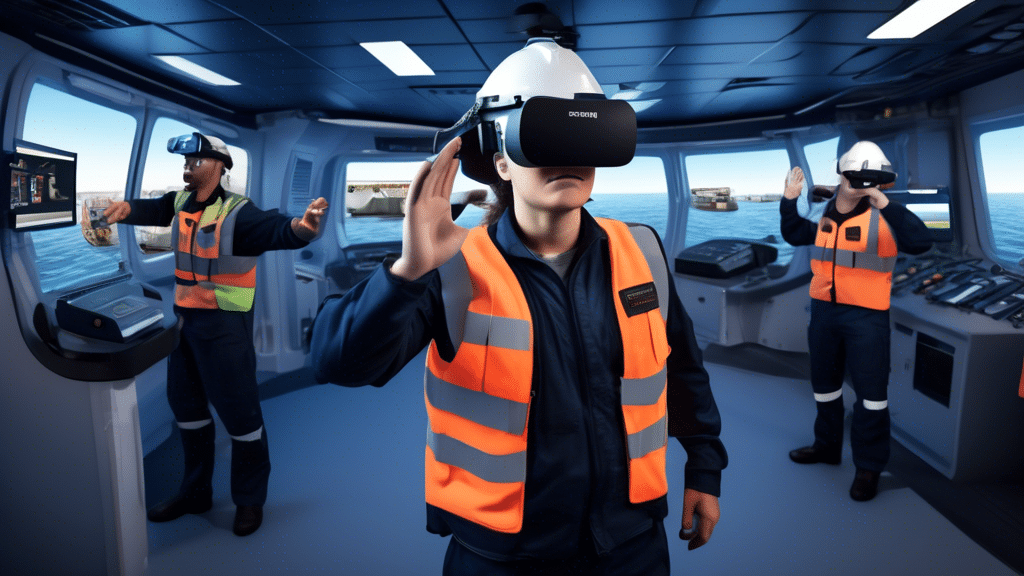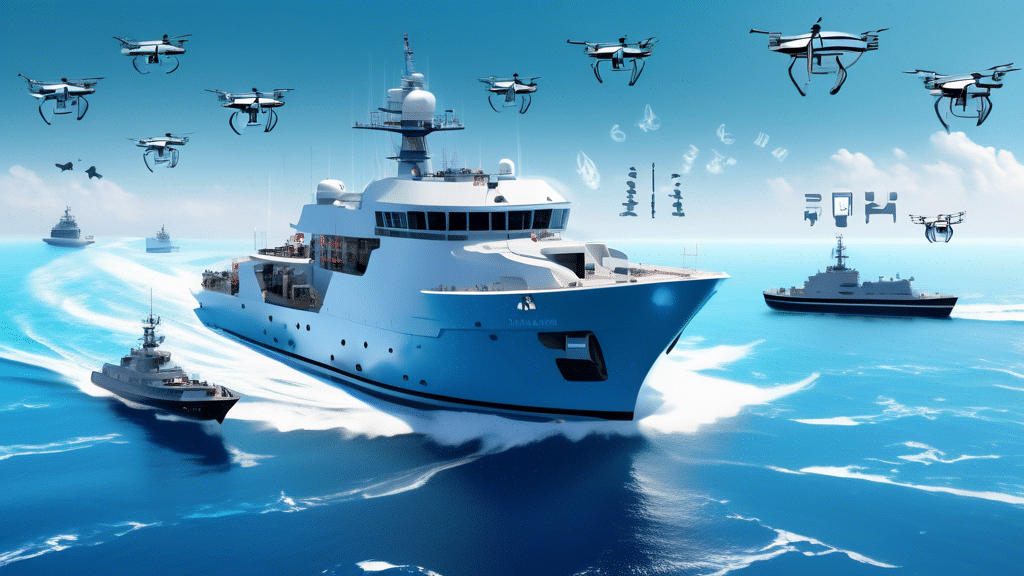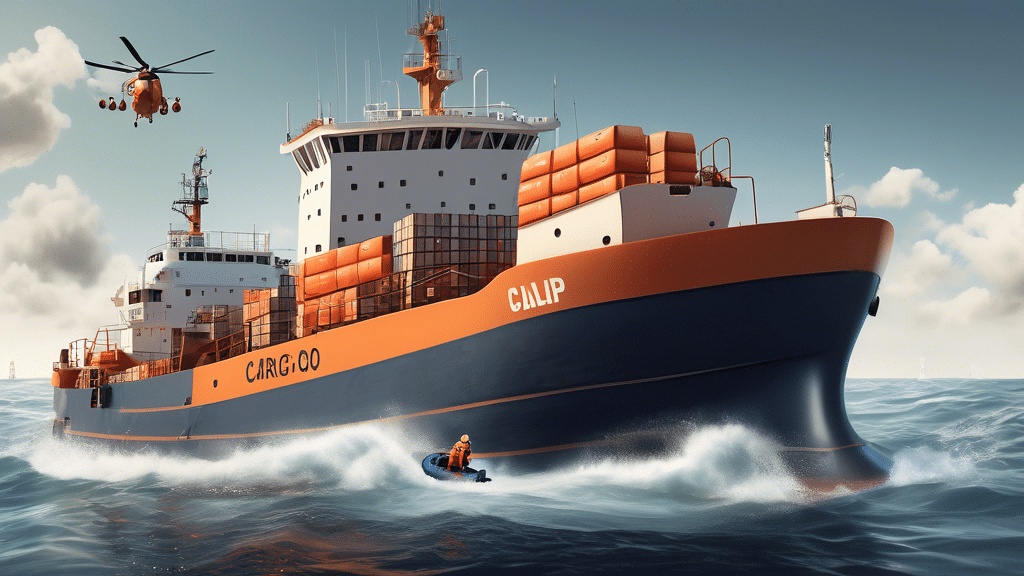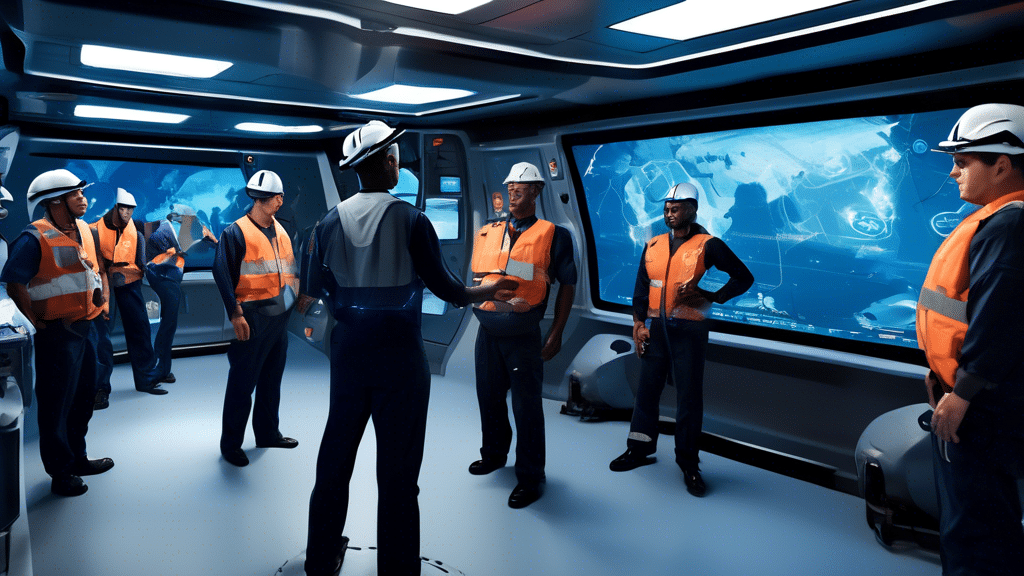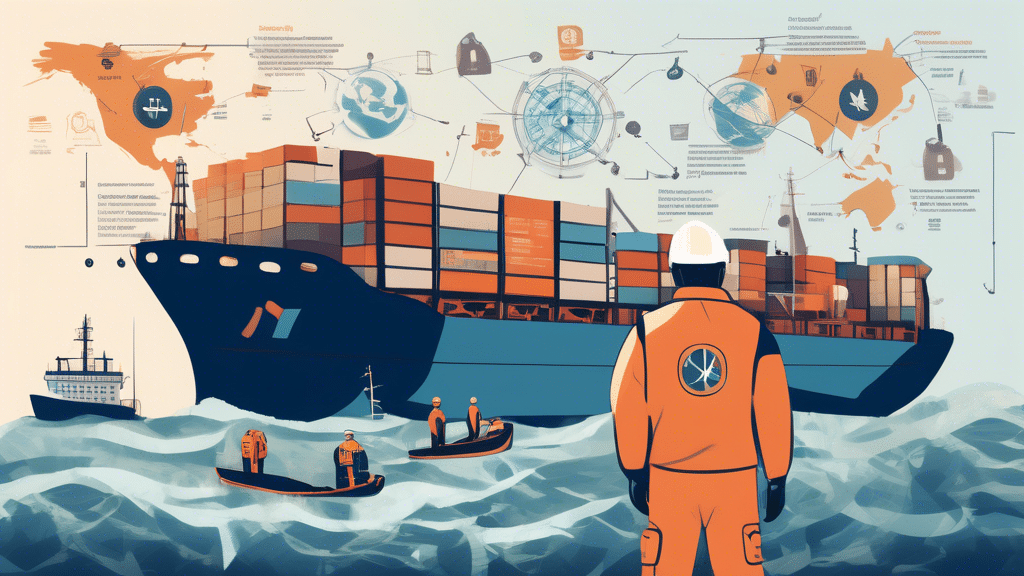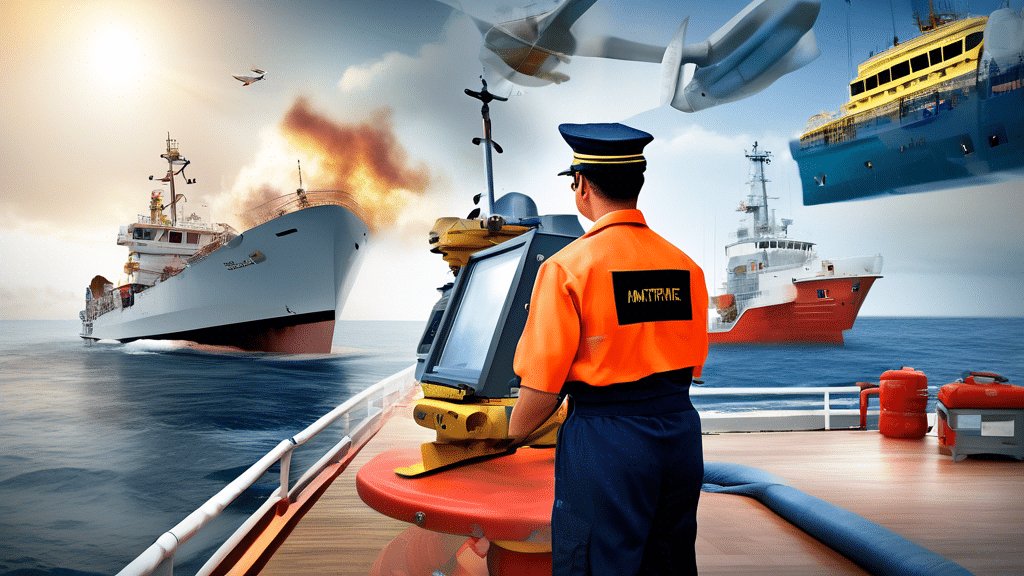The maritime industry is fraught with challenges and risks, making safety a paramount concern. To ensure that vessels operate safely and efficiently, the International Safety Management (ISM) Code was introduced by the International Maritime Organization (IMO). Among the provisions of the ISM Code is the requirement for a Designated Person Ashore (DPA), a role created to enhance maritime safety through effective communication and oversight between the vessel and its shore-based management. This article delves into the responsibilities, functions, and impact of the DPA on maritime safety.
Main Responsibilities of the Designated Person Ashore
The primary responsibility of the DPA is to ensure the safe operation of each vessel and provide a direct link between ship and shore for safety and operational matters. The DPA holds several key roles:
- Monitoring Safety and Pollution Prevention: The DPA is responsible for ensuring that the safety management system (SMS) is effectively implemented and understood by all crew members. This involves regular monitoring of the vessel’s compliance with safety and pollution prevention regulations.
- Facilitating Communication: The DPA serves as the critical communication link between the ship’s crew and the shore-based management. This ensures that any issues, concerns, or incidents are promptly reported and addressed.
- Conducting Audits and Reviews: Regular audits and reviews of the SMS are conducted by the DPA to ensure that it remains effective and up-to-date with current regulations and best practices.
- Training and Development: The DPA ensures that crew members are adequately trained in safety procedures and protocols. This includes organizing drills and providing resources for ongoing education and training in maritime safety.
- Incident Investigation and Analysis: In the event of an incident, the DPA oversees the investigation to determine the root cause and implement corrective actions to prevent future occurrences.
Importance of the Designated Person Ashore
The DPA plays a pivotal role in maritime safety by bridging the gap between shipboard operations and shore management. Their importance can be summarized in several key areas:
- Enhanced Safety Culture: By actively promoting and monitoring safety practices, the DPA helps to cultivate a safety-first culture among crew members. This proactive approach leads to a reduction in accidents and incidents.
- Regulatory Compliance: The DPA ensures that vessels comply with national and international regulations, thereby avoiding fines, sanctions, and port state control detentions.
- Operational Efficiency: A well-implemented SMS leads to more efficient vessel operations, reducing downtime and improving overall performance.
- Improved Communication: By facilitating clear and effective communication between ship and shore, the DPA helps to address issues more promptly and efficiently, thereby enhancing overall maritime safety.
Challenges and Best Practices
Despite the crucial role of the DPA, there are challenges that must be addressed to ensure their effectiveness. These include:
- Resource Limitations: DPAs require adequate resources and support from shore management to perform their duties effectively. Limited resources can hinder their ability to monitor and maintain the SMS.
- Crew Engagement: Ensuring that all crew members understand and adhere to the SMS can be challenging, especially with a diverse and often transient workforce.
- Regulatory Changes: Keeping up with frequent changes in maritime regulations requires continuous education and adaptation, which can be demanding for DPAs.
To overcome these challenges, several best practices can be adopted:
- Continuous Training: Regular training sessions for both DPAs and crew members can help keep everyone up-to-date with the latest safety practices and regulations.
- Feedback Mechanisms: Establishing robust feedback mechanisms allows for continuous improvement of the SMS and ensures that crew members feel heard and engaged.
- Strong Shore Support: Ensuring that the DPA has the necessary resources and backing from shore management can greatly enhance their effectiveness.
Conclusion
While the role of the Designated Person Ashore is multifaceted and demanding, its importance in promoting and maintaining maritime safety cannot be overstated. By ensuring effective communication and compliance with safety regulations, the DPA serves as a crucial link in the chain of maritime safety management. Addressing the challenges they face with best practices can further enhance their ability to protect lives, vessels, and the environment.


